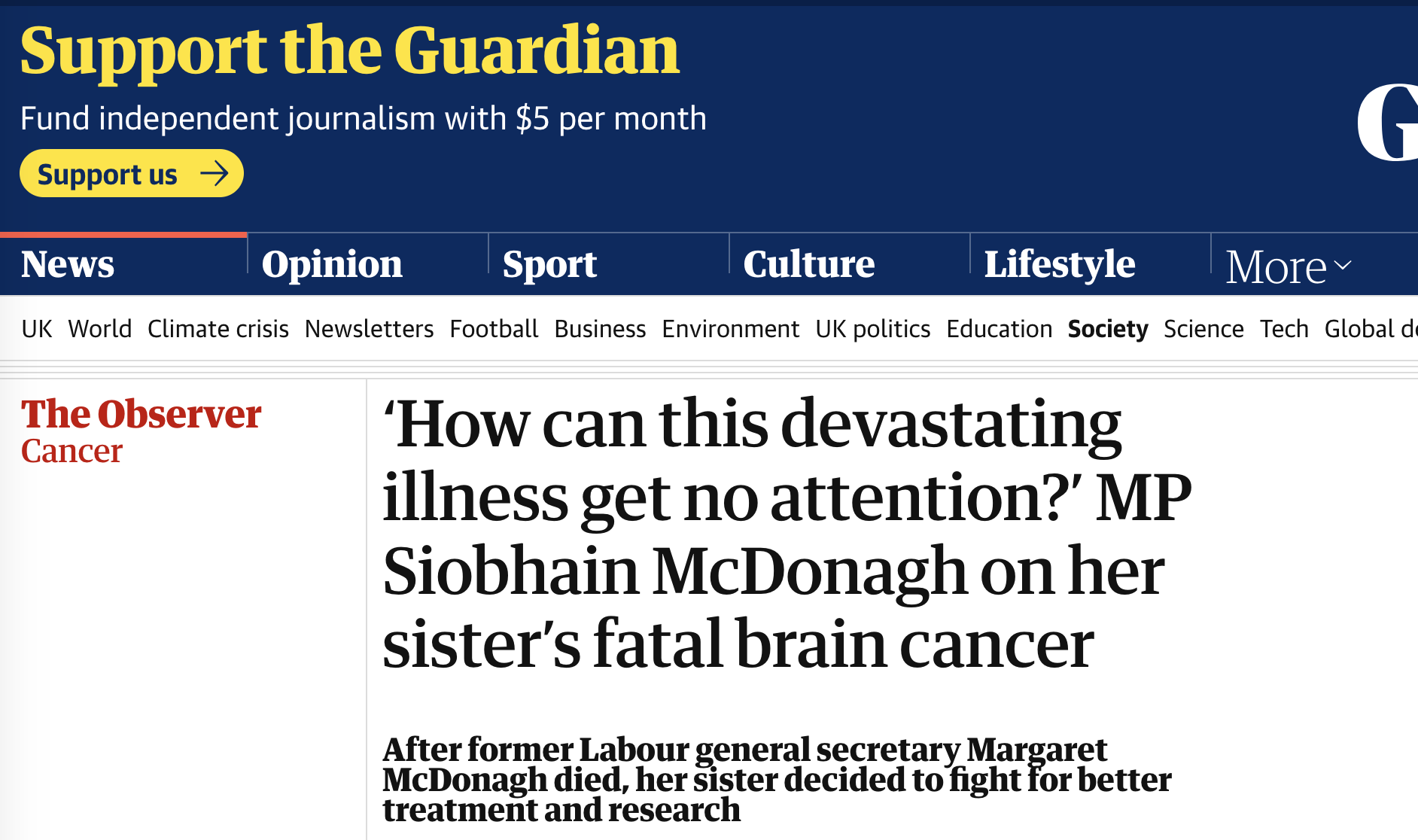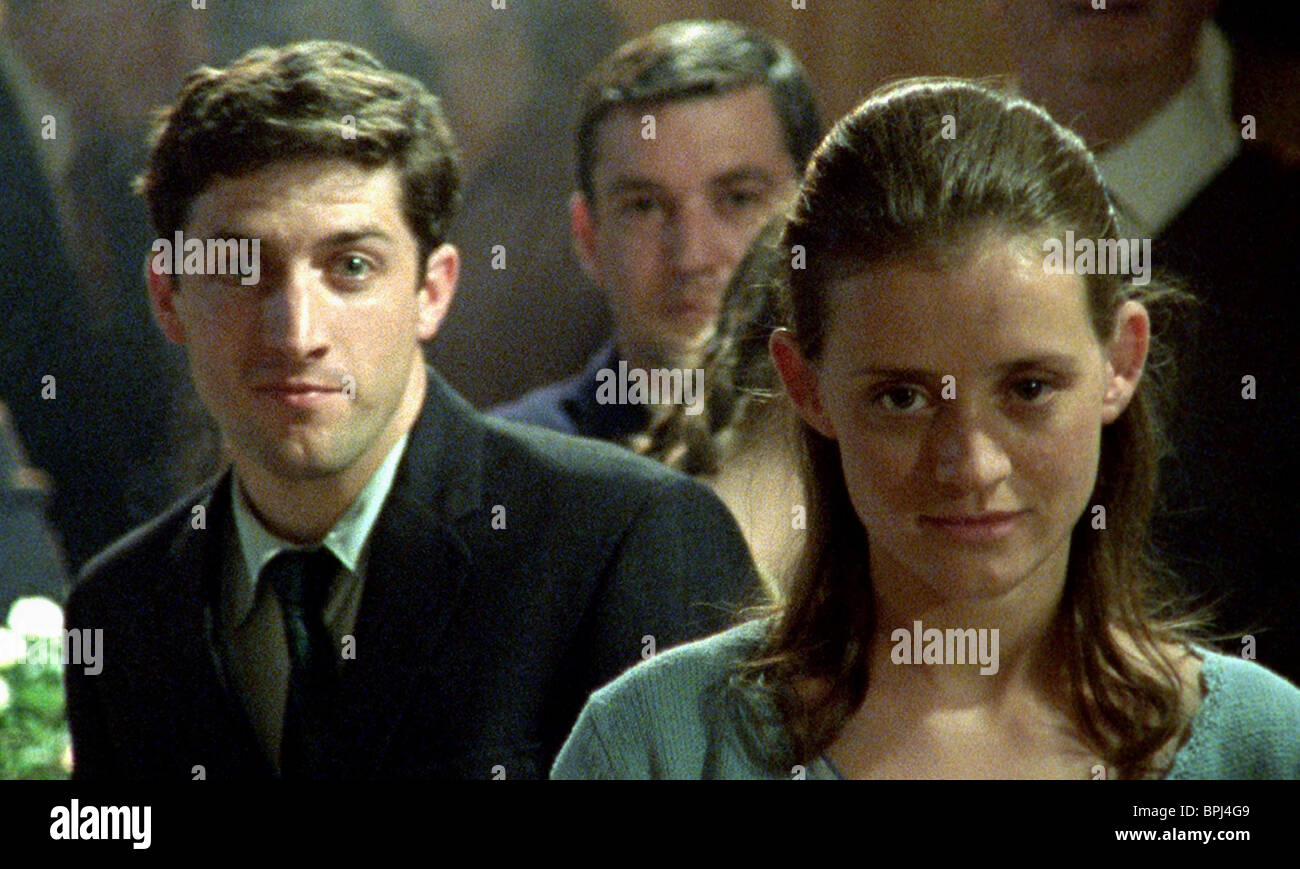Understanding Margaret McDonagh: Lives Of Impact And Identity
There are names that, when spoken, bring to mind a range of stories, perhaps even different individuals. The name Margaret McDonagh, it appears, is one such name, carrying with it narratives of significant political influence and, in another instance, a very personal journey through community and identity. It is, in a way, quite interesting how a single name can connect to such distinct paths. We will, you know, explore both of these compelling figures, each making their mark in remarkably different spheres, as gleaned from the available information.
Our focus here is on the details that shape these individuals, offering a look into their lives without adding any outside context. We want to understand what made them who they were, or who they are, based purely on the information we have. It is, perhaps, a chance to appreciate the diverse experiences that can exist under one shared name.
So, we will talk about a formidable political figure who shaped a major party, and also about a young woman navigating personal choices within her community. It is, in some respects, a look at two very different kinds of strength and resilience, and how their lives unfolded, or are unfolding, as the case may be.
Table of Contents
- Baroness Margaret McDonagh: A Force in British Politics
- Another Margaret McDonagh: A Story of Identity and Community
- Frequently Asked Questions About Margaret McDonagh
Baroness Margaret McDonagh: A Force in British Politics
One prominent figure bearing the name Margaret McDonagh was a truly significant person in British politics. She was, in fact, Baroness Margaret McDonagh, and her passing, announced last Saturday, June 24, at the age of 61, marked the end of a life dedicated to public service. She died from brain cancer, specifically glioblastoma, which is a very aggressive illness. Her impact on the Labour Party, and on the political landscape of her time, was quite profound, as many people have noted.
She was, you know, Labour’s first female General Secretary, a truly historic achievement. This role placed her at the very heart of the party's operations. She held this important position from 1998 to 2001, a period that was, arguably, very pivotal for the party. Her work during this time, it is said, was central to some of Labour's biggest successes, including a major election victory. She also sat in the House of Lords, which is a further testament to her standing and influence.
Early Life and Unconventional Beginnings
Margaret Josephine McDonagh was born in 1961 to parents, Cumin and Breda McDonagh, both of Irish descent. Her early life was, in some respects, quite different from what one might expect of a future Baroness. She lived in a caravan as a baby, for instance, which is a detail that really stands out. This early experience, one might think, could have shaped her perspective on life and her connection to ordinary people.
She left school at a rather young age, just 16, to get married. This decision was made against her parents' wishes, showing a strong will and a determination to follow her own path, even early on. After attending convent school, she did, however, go on to secure a science degree at Brunel University, which is quite an impressive academic achievement, especially considering her earlier departure from school. These early life experiences, it seems, were very formative for her, laying the groundwork for her later political drive.
After university, she had a brief stint working for the pub landlords’ trade association. This was, perhaps, not where she found her true calling, but it was a step on her path. It was after this that she really began to find her stride in the political arena, eventually becoming, as we know, a key figure in the Labour Party. Her journey from living in a caravan to becoming a Baroness and a leading political force is, in a way, quite remarkable.
Shaping New Labour: General Secretary and Beyond
Margaret McDonagh's true impact came within the Labour Party. She was, you know, a key figure in the party during Sir Tony Blair's leadership, a period of immense change and success for Labour. She served as the party's first female General Secretary from 1998 to 2001. This role is, basically, the chief executive of the party, responsible for its day-to-day operations and strategic direction.
She was, it is said, a driving force behind Tony Blair’s 1997 landslide victory. This was a truly historic win for Labour, bringing them back to power after many years. Her organizational skills and her strategic thinking were, apparently, very crucial in achieving this success. She played a central part in the party's machinery, ensuring that everything ran smoothly for their campaigns. People often described her as an "unstoppable force of nature," which really gives you a sense of her energy and determination.
Her dedication to making changes, and her desire to make those changes more available to others, were what drove her politics. She believed in opening up opportunities for everyone, which is, in fact, a core Labour value. Her work in the party, therefore, was not just about winning elections; it was about bringing about real societal improvements for people across the country. She sat in the House of Lords as Baroness McDonagh, continuing her public service even after her time as General Secretary. This shows, you know, a continued commitment to the political process and to the issues she cared about.
A Legacy of Strength and Advocacy
Tributes poured in for Margaret McDonagh following her passing. She was, as mentioned, described as an "unstoppable force of nature" behind New Labour’s election victories. This kind of praise really highlights the immense respect and admiration she commanded within political circles and beyond. Her colleagues and peers recognized her tireless work and her unwavering commitment to the party's goals.
Beyond her political achievements, Margaret McDonagh also left a significant legacy in the fight against glioblastoma. The glioblastoma campaign was established by Baroness Margaret McDonagh and her sister, Dame Siobhain McDonagh, who is the Member of Parliament for Mitcham and Morden. When Margaret herself was diagnosed with glioblastoma, they decided to do something about it. This personal experience, you know, fueled their determination to raise awareness and funds for research into this devastating illness.
Dame Siobhain McDonagh MP, her sister, led a fundraising campaign that raised more than £1 million. This money was raised to cover the costs of a new trial, which is a truly remarkable effort. They even held a dinner celebrating Margaret’s legacy, which helped to gather further support for the cause. This campaign, in a way, became a continuation of Margaret’s desire to make things better for others, even in the face of her own illness. Her life, therefore, was not just about politics; it was about making a tangible difference in people's lives, right up until the very end.
Personal Details and Bio Data
| Detail | Information |
|---|---|
| Full Name | Margaret Josephine McDonagh |
| Born | 1961 |
| Died | Aged 61 (June 24, announced last Saturday) |
| Cause of Death | Brain Cancer (Glioblastoma) |
| Parents | Cumin and Breda McDonagh (of Irish descent) |
| Early Life | Lived in a caravan as a baby |
| Education | Convent school, Science degree at Brunel University |
| Early Career | Brief stint with pub landlords’ trade association |
| Political Role | First female General Secretary of the Labour Party (1998-2001) |
| Political Affiliation | Labour Party |
| Key Role | Key figure under Sir Tony Blair's leadership, driving force behind 1997 landslide victory |
| Parliamentary Role | Sat in the House of Lords as Baroness McDonagh of Mitcham and Morden |
| Sister | Dame Siobhain McDonagh MP (co-established Glioblastoma campaign) |
Another Margaret McDonagh: A Story of Identity and Community
Interestingly, the name Margaret McDonagh also belongs to another individual whose story, while very different, also touches on themes of identity and community. This Margaret McDonagh is, you know, a young woman, aged 24, who comes from Dublin. Her story highlights the complexities of personal choices and their reception within specific cultural contexts. It is, in a way, a very personal narrative about navigating expectations.
Dublin, Modelling, and Community Reactions
This Margaret McDonagh, who is 24 and from Dublin, has found herself in a challenging situation since she began glamour modelling. She says that members of the Traveller community, to which she belongs, have disowned her. This is, apparently, because nudity is deeply frowned upon within that community. It is, you know, a very strong reaction to her choice of profession, showing the deeply held cultural values at play.
Her experience, therefore, sheds light on the sometimes difficult balance between individual freedom and community expectations. It is a story that, in some respects, speaks to the pressures faced by people who choose paths that diverge from traditional norms within their cultural groups. This situation is, perhaps, a testament to the strong bonds and strict codes that can exist within close-knit communities, and the consequences when those codes are, you know, perceived to be broken. Her story is, basically, about standing by her choices, even when it means facing significant social repercussions from those closest to her.
Frequently Asked Questions About Margaret McDonagh
People often have questions about individuals who make an impact, or whose lives present unique circumstances. Here are some common questions about the figures named Margaret McDonagh, based on the information we have discussed.
Who was Baroness Margaret McDonagh and what was her main role?
Baroness Margaret McDonagh was, you know, a very prominent figure in British politics. She was the Labour Party’s first female General Secretary, serving from 1998 to 2001. She was also a key person under Sir Tony Blair's leadership, and a driving force behind the party's 1997 landslide election victory. She later sat in the House of Lords, continuing her public service. Her passing, from brain cancer, was announced last Saturday, June 24, when she was 61.
What was the Glioblastoma campaign related to Margaret McDonagh?
The Glioblastoma campaign was established by Baroness Margaret McDonagh and her sister, Dame Siobhain McDonagh MP. This campaign was created after Margaret was diagnosed with glioblastoma, a type of brain cancer. Her sister, Dame Siobhain, led a fundraising effort that raised over £1 million to support a new trial for the illness. It was, in a way, a very personal mission to help others facing the same diagnosis.
Is there another notable Margaret McDonagh?
Yes, there is, you know, another Margaret McDonagh mentioned. She is a 24-year-old woman from Dublin. She says that members of the Traveller community have disowned her since she started glamour modelling. This is because nudity is, apparently, deeply frowned upon within her community. Her story highlights the challenges of personal choices within a traditional cultural context.
The lives of those named Margaret McDonagh, as we have seen, present a varied picture of public service, personal challenges, and significant contributions. From the political arena to personal identity struggles, their stories, in some respects, offer much to consider. It is, after all, a reminder of the many ways individuals can shape their own paths and impact the world around them.
To learn more about the history of the Labour Party, you might find information on a reputable political history site, for example, the Labour Party's official website offers details about their past. You can also learn more about political figures on our site, and link to this page about public service.

Margaret McDonagh, Baroness McDonagh - Alchetron, the free social

The Guardian (UK) story on former Labour general secretary Margaret

Margaret Mcdonagh High Resolution Stock Photography and Images - Alamy